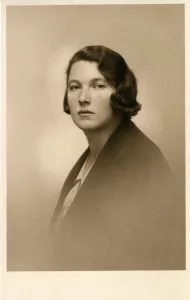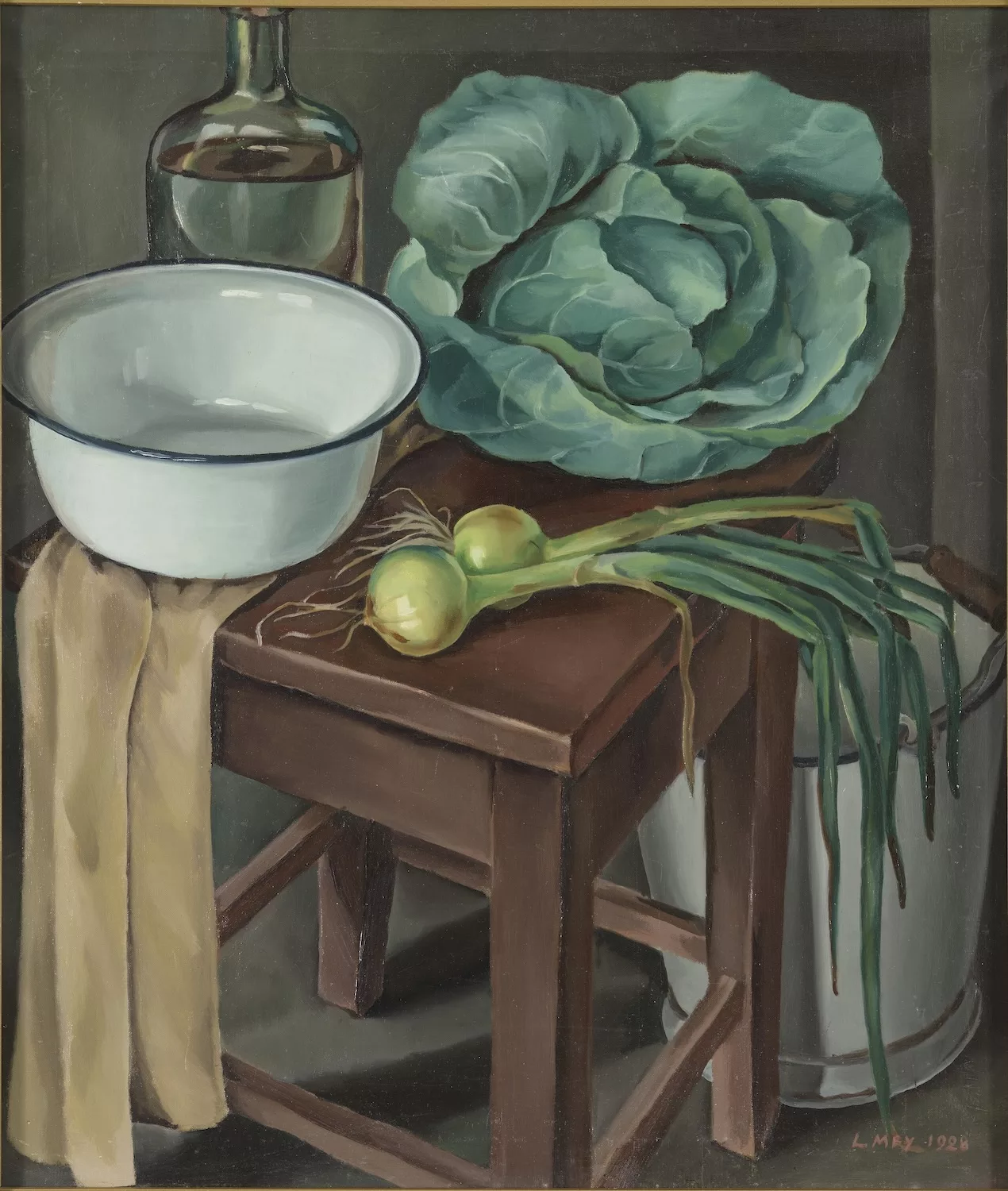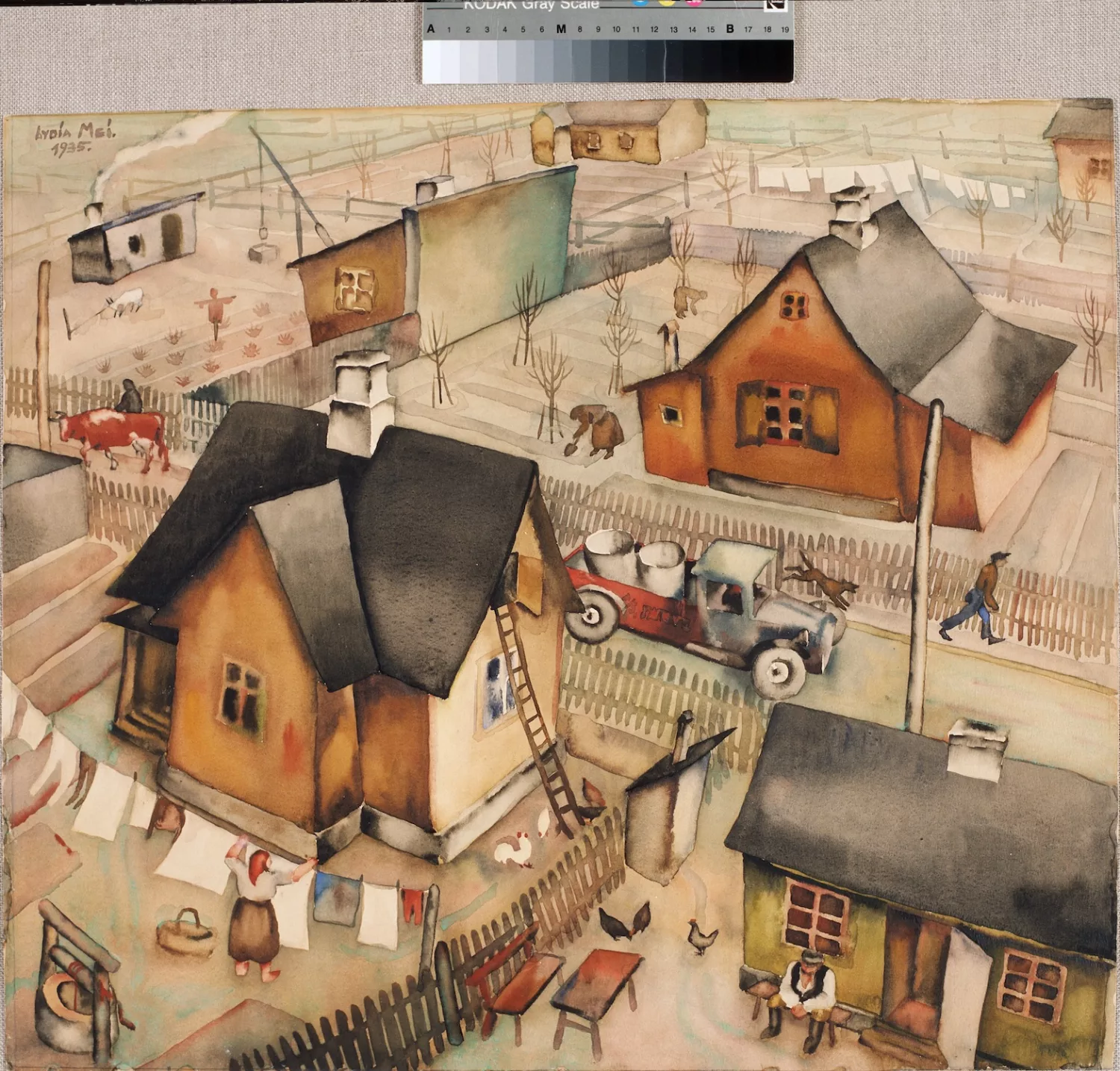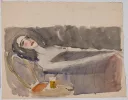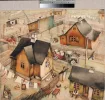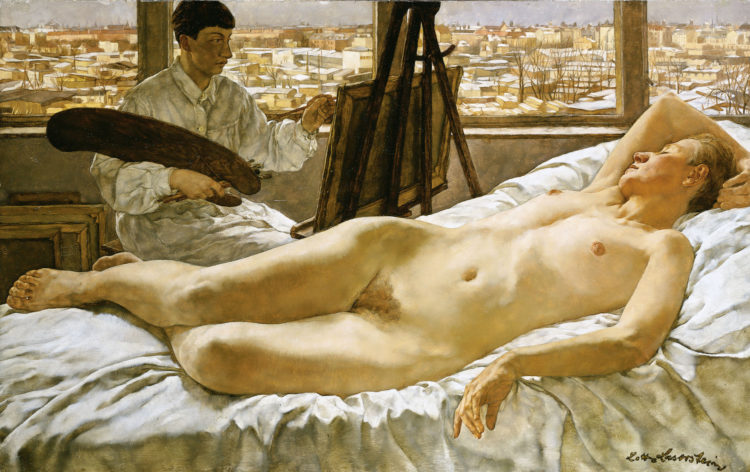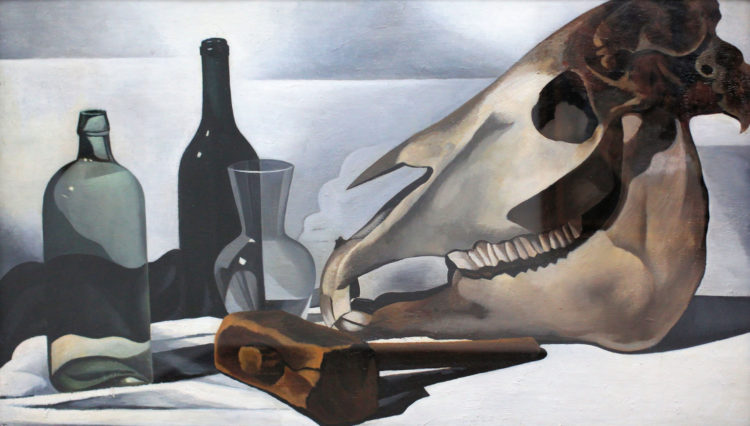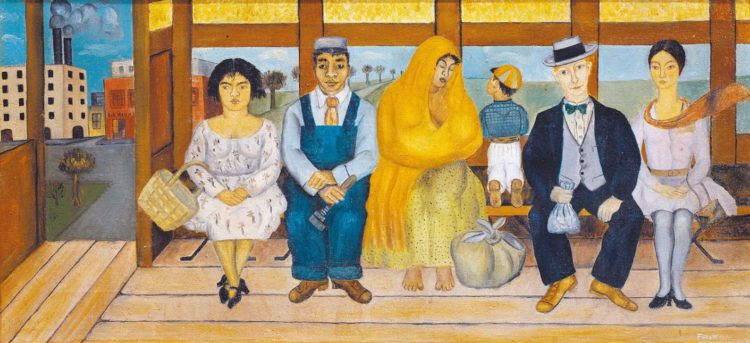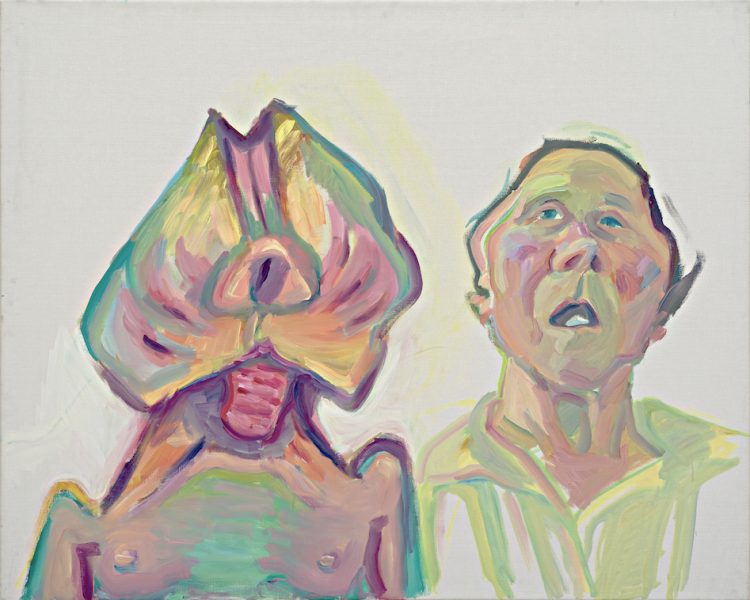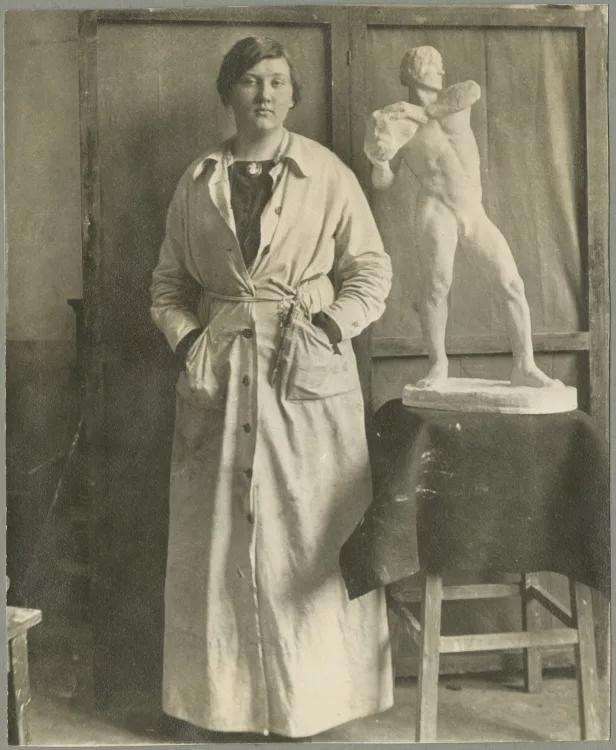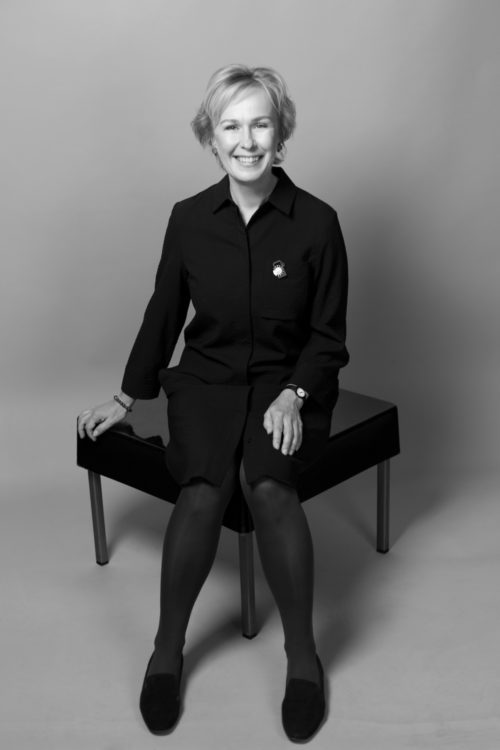Lydia Mei
Kai Stahl, Ainulaadne sõsarkond. Õed Kristine, Lydia ja Natalie Mei [A unique sisterhood. Sisters Kristine, Lydia and Natalie Mei], Tallinn, Art Museum of Estonia, 2020
The Mei Sisters: Avant-Garde and the Everyday Life, Kumu Art Museum, Tallinn, Estonia, 13 March – 31 August, 2025
→Akvarellist Lydia Mei teoste näitus [Exhibition of watercolor works by Lydia Mei], Tallinna Riiklik Kunstimuuseum, Tallinn, Estonia, 1961
→Kunstiühing Pallase III näitus, Raekoja plats 8, Tartu, Estonia, 11 May– 1 June, 1919
Estonian watercolourist and painter.
Lydia Mei was a distinguished Estonian artist renowned for her exceptional watercolour paintings and contributions to the modernist art movement in Estonia. She was the middle sister of Kristine (1895–1969) and Natalie (1900–1975), who also gained recognition on the Estonian art scene. Like her sisters, L. Mei was born and grew up in Liepāja, where their father, native to the island of Hiiumaa, was stationed as a naval captain in the local military port.
The family moved to Tallinn in 1912, and this remained their main residence. In 1915 L. Mei began studying architecture at the Polytechnic Institute for Women in St Petersburg. At that time there were no women in the world of Estonian architecture. Three years lates her studies were disrupted, due both to World War I and her developing tuberculosis. Nevertheless, her training enabled her to work as an architect-technician for Tallinn city council. In 1920 L. Mei married sculptor Anton Starkopf (1889–1966), with whom she collaborated on several projects, including designs for monuments commemorating Estonia’s War of Independence, although many of the designs were later wrongly attributed to A. Starkopf alone. One of the designs, exceptionally attributed only to her, called Sõda ja rahu [War and Peace, 1928], received an incentive award in the architecture category of the Estonian Cultural Endowment competition.
In addition to designing monuments, for most of her artistic career L. Mei worked with watercolours and sometimes oils, painting suburban views, neighbourhood landscapes, still lifes and intimate domestic scenes. She was celebrated for her remarkable technique of depicting light, shadow and colour. Her works captured the nuances of everyday life, rendered with a clarity and attention to detail that reflected the influence of the New Objectivity movement. Good examples of this are the works Vaikelu nukuga [Still Life With a Doll, 1925] and Natüürmort kõvakübaraga [Still Life With a Bowler Hat, 1932]. L. Mei also painted some of the most significant depictions of the modern and emancipated New Woman in Estonian art history, sometimes with her sisters as models or as a self-portrait.
After divorcing from her husband in 1928, L. Mei, with her younger sister Natalie and their mother, moved to a house in the Nõmme residential district in Tallinn, where she could paint in peace. Later in her career, L. Mei expanded her creative repertoire, working with porcelain painting and crafting dolls in elaborate historic costumes. Although somewhat withdrawn from public life, her involvement in the art scene continued until her death in 1965, leaving behind a legacy of elegance and modernist sensibility. L. Mei’s work remains an integral part of Estonia’s artistic heritage.
Many of L. Mei’s watercolours and oil paintings are held in the collections of the Art Museum of Estonia and Tartu Art Museum, as well as some smaller museums in Estonia and private collections. A stunning selection of these works was exhibited in the 2025 joint exhibition The Mei Sisters: Avant-Garde and the Everyday Life at Kumu Art Museum in Tallinn, Estonia. Some of her art works are also part of the museum’s permanent exhibition.
In collaboration with Kumu Art Museum as part of AMIS: AWARE Museum Initiative and Support
© Archives of Women Artists, Research and Exhibitions, 2025


